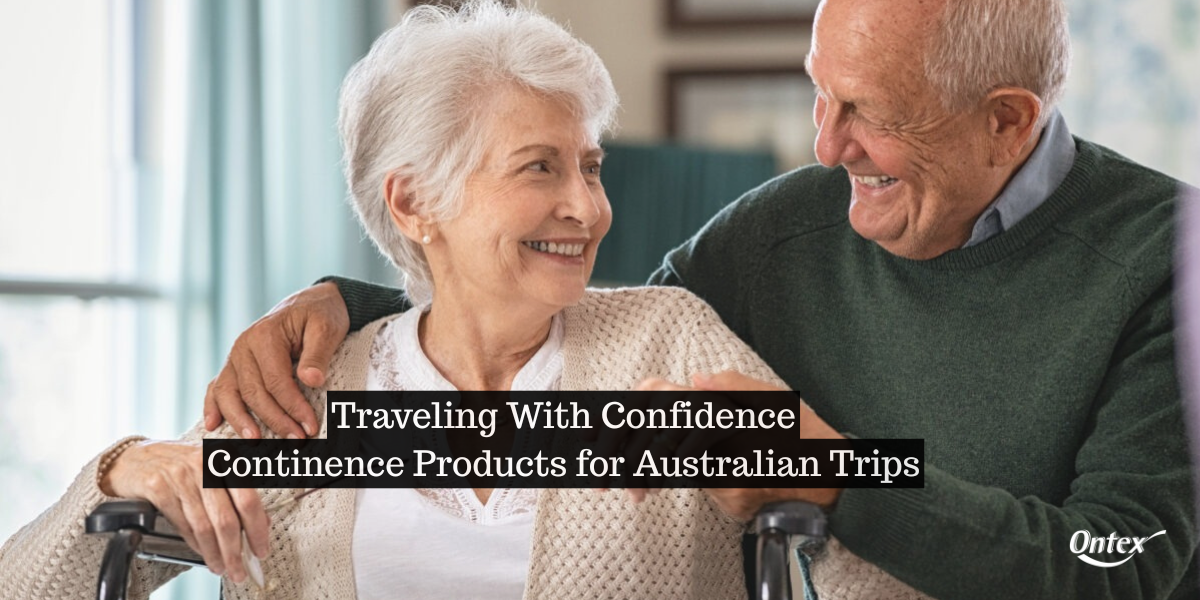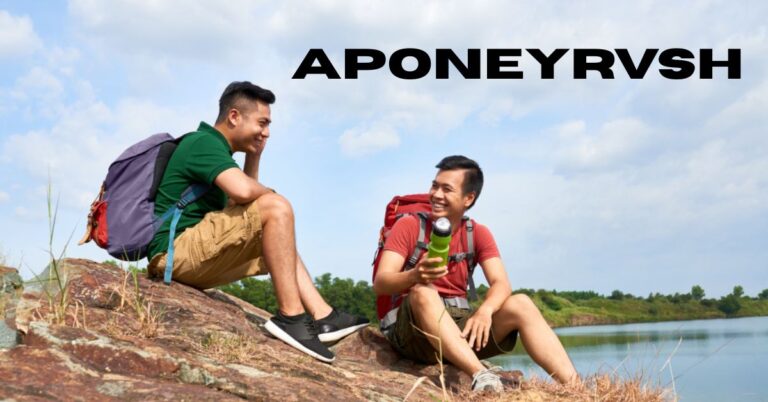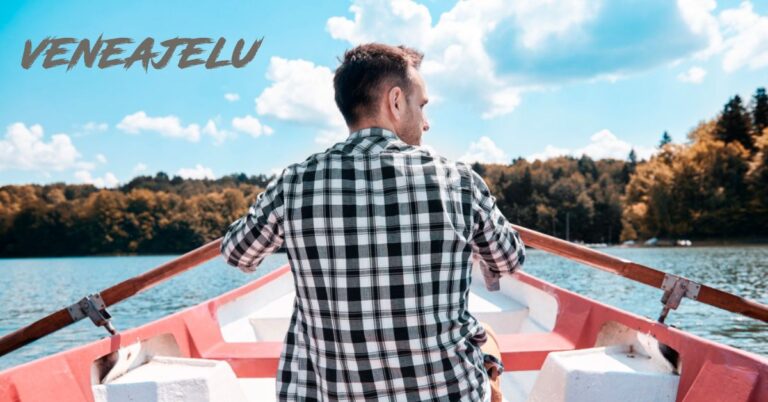Incontinence shouldn’t limit your freedom to explore. If bladder control issues make you anxious about travelling, you’ll find that the problem usually stems from a lack of preparation, rather than incontinence itself.
Fortunately, the right continence products and simple planning make all the difference (because let’s face it, incontinence already steals enough of your peace of mind). And Ontex Healthcare creates reliable products that help you travel confidently across Australia.
This article shares practical tips for packing incontinence supplies, drinking plenty without worry, and building stress-free travel plans. You’ll discover how to plan for toilet access and handle temperature changes.
Let’s start with your pre-trip checklist.
Plan Ahead: Your Pre-Trip Checklist for Incontinence Travel in Australia
Planning for incontinence travel in Australia means mapping bathroom locations, packing extra supplies, and preparing your accommodation before you leave home. Because running out of products halfway through a road trip is nobody’s idea of fun.
Start by mapping rest stops every 90 to 120 minutes along your route. Use the National Public Toilet Map, which is a free government tool that shows over 23,000 public toilets across Australia, complete with accessibility details and opening hours. Once you’ve mapped your route, you’ll know exactly where facilities are located.
Next, remember to pack double the incontinence products you estimate needing because delays and unexpected traffic happen constantly during Australian travel. For instance, if you normally use four continence pads daily, bring eight for each day to cover any situation.
You’ll also want a small bag packed with two to three products, disposable wipes, and plastic bags. Keep this in your carry-on bag so you can grab what you need quickly without digging through everything.
And before you book accommodation, research the bathroom setup. Check for grab rails, shower access, and enough space for changes. This way, you don’t have to deal with cramped bathrooms later.
Finally, tell at least one travel companion about your needs. Once they understand bathroom stops aren’t optional, you’ll avoid a lot of awkward explanations during your trip.
What Incontinence Supplies Should You Pack?
Once you’ve mapped your stops, the next step is gathering the right incontinence supplies that’ll keep you comfortable throughout your journey. Based on our firsthand experience helping travellers prepare, getting this part right removes so much stress from the trip.
Let’s break it down:
Absorbent Products for Daily Protection
Pull-ups work best for travel because you can change them in tight spaces without removing all your clothing. And if you normally use four continence products daily, pack at least eight per day for a three-day trip.
Skin Care Items
Skin protection becomes more important during long travel days. Remember to pack barrier cream to prevent irritation from extended wear, especially when you’re sitting for hours. Your skin will likely take a beating during travel, so this extra step makes a real difference in how comfortable you feel.
Disposal Supplies
You’ll also need supplies to manage used products discreetly. Disposable wipes keep you fresh between changes, while plastic bags contain odours until you reach proper bins.
We’ve seen travellers forget these basics and end up buying kitchen garbage bags at service stations, which isn’t exactly subtle when you’re trying to stay discreet.
Stay Hydrated Without Worry: Drink Plenty, Avoid Caffeine
Did you know that skipping water to avoid bathroom stops actually makes your bladder more unpredictable? Believe it or not, dehydration irritates your bladder because concentrated urine triggers spasms. This means you’ll need the toilet more frequently than if you’d just stayed hydrated in the first place.
The solution is choosing the right drinks. Water and herbal teas help your bladder work predictably without causing problems. According to Continence Health Australia, proper hydration actually improves bladder control during trips. On the other hand, coffee, cola, and fizzy soft drinks act as bladder irritants that increase urgency and leakage.
How you drink matters just as much as what you drink. Take small sips throughout your trip instead of gulping down a large bottle at once. When you drink too much at one time, you overwhelm your bladder suddenly and create unnecessary pressure. Regularly drinking small amounts keeps you hydrated without triggering bathroom emergencies.
Air Conditioning, Heat, and Your Continence Products
Now that you understand hydration’s role in bladder control, let’s look at how Australia’s wild temperature swings affect your continence products and comfort. After all, Australia’s climate can range from 5°C in Tasmania to 45°C in the Outback.
Cold Air Conditioning on Buses and Planes
Freezing air conditioning on transport triggers bladder contractions that make you need the toilet more urgently. The reason is that cold temperatures cause your muscles to tense up, including the ones controlling your bladder.
Packing a light jacket keeps your core warm and helps prevent these sudden urges during flights or bus trips.
Hot Car Interiors and Product Storage
Store incontinence products in cooler bags during summer to protect them from heat damage. Our tests revealed that extreme car temperatures break down adhesives and absorbent materials quickly.
So if you leave them in a hot boot, the adhesive strips will likely lose their stick and won’t hold securely when you need them.
Humidity in Tropical Queensland
Humid climates increase sweat and moisture against your skin, which creates friction and irritation. This is why we suggest changing products more frequently in tropical areas to stay dry and comfortable.
Building Stress-Free Travel Plans Around Your Comfort
Planning your travel schedule around your bathroom needs is the easiest way to enjoy trips without constant anxiety about finding toilets quickly. So, for your convenience, we’ve gathered some essential tips from our experience:
- Time Your Departures: Schedule departures after your morning bathroom routine when your bladder feels most predictable. Most people have their most stable period right after they empty, which gives you a natural window for covering longer distances.
- Plan Regular Breaks: Plan 15-minute rest breaks every two hours so you can assess what you actually need. Sometimes you just need a quick toilet visit, while other times a full product change works better.
- Choose Accessible Activities: Choose activities near facilities like beaches with amenities rather than remote bushwalks hours away. When toilets are close by, you can relax and enjoy yourself properly.
- Communicate Your Needs: Talk honestly with your travel companions about your bathroom needs upfront. Once they understand these stops matter, you won’t face awkward moments every time you need to pull over.
Don’t Let Incontinence Stop You
The best part about proper preparation is that you can explore Australia freely without letting incontinence dictate where you go or what you do. Road trips to Byron Bay or flights to visit family in Perth finally become possible again when you’ve got the right continence products and a solid plan.
The anxiety that once kept you home disappears when you know exactly where the toilets are and what supplies you need. So start planning your next adventure with confidence.





